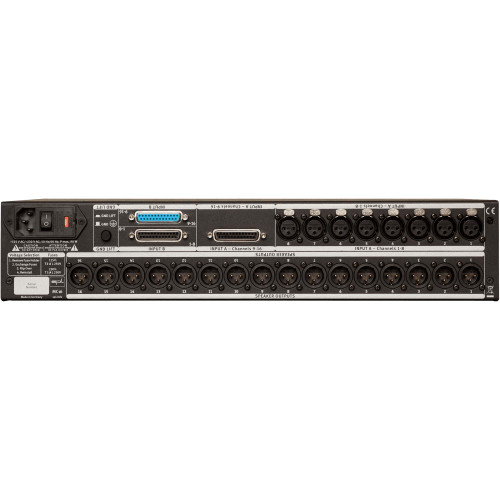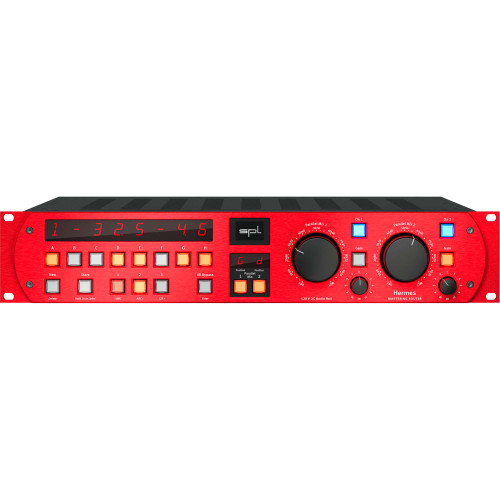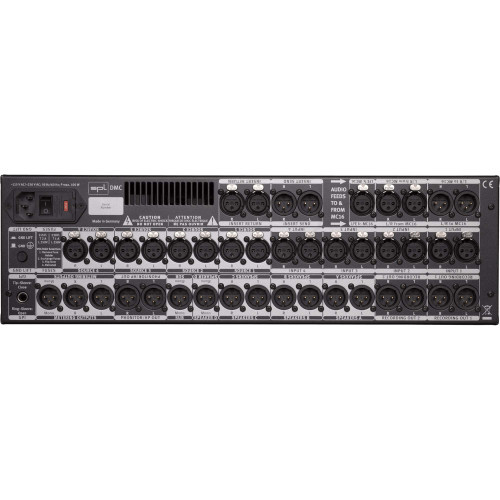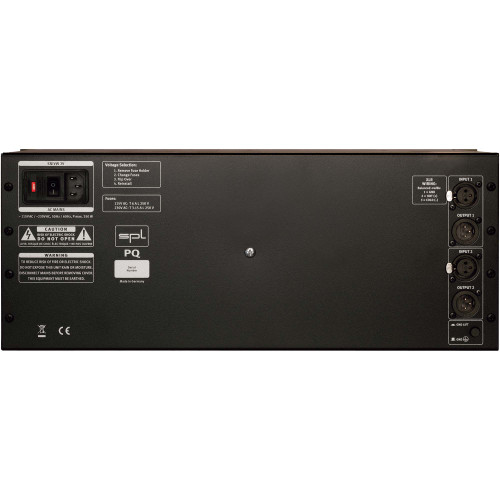Mastering D/A Converter
Mercury is the first mastering DA-converter in 120V technology. It offers seven digital stereo input sources, all of which can be synchronized with each other or with a word clock. The additional variable output qualifies Mercury as a monitor controller.
Seven Digital Sources

Mercury provides connections for a total of seven digital stereo input sources.
For each digital source there is a dedicated and illuminated tactile switch for quick selection and quick comparison.
The detected sample rate is shown in the display.
One USB input and two coaxial, two optical and two AES/EBU inputs are available. AES input 2 also supports Dual-Wire (DW) mode.
Show Me
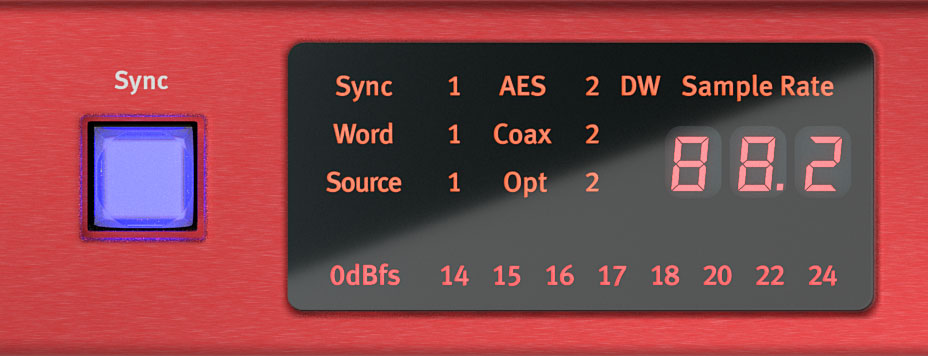
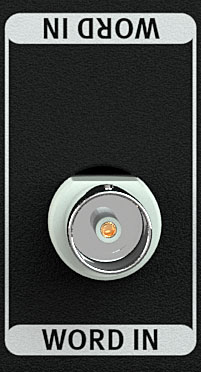
Sync
The display shows the synchronization status and the detected sampling rate. Any source except USB can be synchronized to another source or to an external Word Clock.
If the sync “Source” is selected in the display, each source uses its own sync code embedded in the signal.
O dBfs
Holding the Sync button for more than two seconds Mercury will change to the 0dBfs display.
Mercury offers all reference levels in dBu corresponding to a 0 dBfs (full scale) digital signal: +14, +15, +16, +17, +18, +20, +22 and +24 dBu
Fix And Variable Outputs
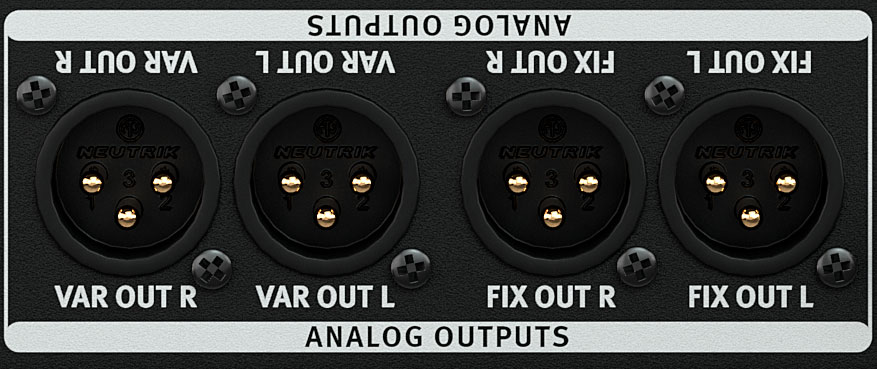
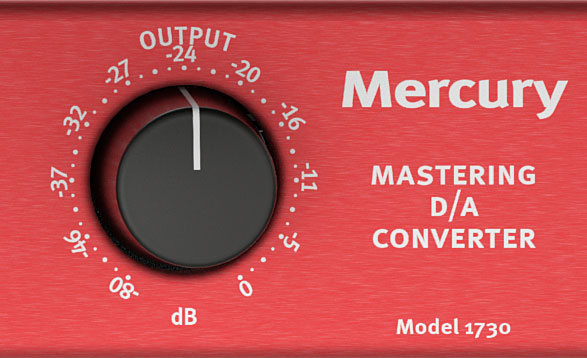
Fix & Var
The FIX OUT is an analog balanced stereo output which can be calibrated to all common reference levels (see 0 dBfs).
Mercury offers a variable analog balanced stereo output. This output provides the same signal as the FIX OUT, but the level is continuously adjustable. Thus Mercury can also be used as a state-of-the-art monitor controller.
Variable Output
This analog potentiometer is used to control the level of the VAR OUT output. We use the ALPS RK27 “Big Blue” potentiometer with a nice “spoon in honey” feel and excellent channel tracking. So not only the auditory but also the haptic experience of volume control is at the highest level.






